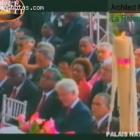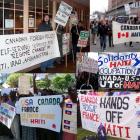ADVERTISEMENT
Military - Haitian Military
United States Coast Guard Academy wants you (Haitian)
The United States Coast Guard Academy is now looking for candidates for their International Cadet program, Class 2020.
The U.S. Coast Guard, through the U.S. Embassy of Port-au-Prince in Haiti is seeking candidates for a special International Cadet Program available to outstanding single/ unmarried Haitian men and women between the ages of 17 to 23. The candidates must not have any children or any legal dependent. Those selected will undergo a rigorous four-year program in the United States and after successful completion of the undergraduate curriculum leading to a Bachelor of Science degree training program.
Inauguration of new CIMO building
Here is a picture of the new CIMO building.
The new building covers an area of 1,500 square meters; it will accommodate the specialized body of the PNH. The new building has three floors, a shooting space, a dormitory with a capacity of 400 beds, a laundry, cafeteria, gymnasium, games room and parking space for over 30 vehicles.
The construction took nine months to complete and costs $4.2 million from the public treasury. The construction work was done by Dominican firm Ingenieria Estrella and its subcontractor Codelpa under the supervision and control of the Housing Construction and Public Buildings Unit (UCLBP).
The new CIMO building
Inauguration of new CIMO building.
On Wednesday, October 14, 2015, President Michel Martelly inaugurated the new headquarters of the Corps of Intervention and Maintenance of Order (CIMO) located at Delmas 2. During his speech for the occasion, President Martelly has described the new Premises as a symbol of pride for the nation and he has reminded about his promise made two years ago on the 18th anniversary of CIMO on February 13, 2014. During that occasion, in the presence of the Chief Executive, several members of the command of the PNH and other important members of the Superior Council of the National Police (CSPN), the President made a commitment of his administration to provide a framework to the PNH and work to strengthen it.
The new modern CIMO building
The new modern CIMO building.
The Haitian National Police (in French, Police Nationale d'Haïti) or PNH, created in 1995 serves the nation in two ways: law enforcement authority and the defense forces. As an extension of these two missions, it supports the functions of the United Nations Stabilization Mission in Haiti (MINUSTAH). Earlier to this, the Haitian police was a part of the Haitian Army. Initially, the United States had helped Haiti to recruit and train 6,500 police officers.
Haitian Military Leopard Corp In Jean Claude Duvalier reign
Here is a picture to remind you of Haitian Military Leopard Corp during Jean Claude Duvalier reign.
Haitian Military Leopard Corp in Jean Claude Duvalier Reign
In 1973, the former Haitian Dictator Jean-Claude Duvalier ("Baby Doc") created 'Leopards' (Corps des Léopards) a personal security force and counterinsurgency unit. The Leopards counterinsurgency unit was created with the U.S support; its participating members required a higher education level to join. With its creation, it took over most of the functions of Haiti's police force. The Leopard Corps consisting 700-members, a tactical unit was based on the outskirts of the capital in Pétion-ville; it was equipped with relatively modern tool for responding to internal threats. Its counterinsurgency functions were often suppressed. Baby Doc created 'Corps des Léopards' in an attempt to balance two powers between the Haitian Armed Forces and the Tonton Macoutes (became the Volontaires de la Securite Nationale or VSN after 1962). However, 'Corps des Léopards' was disbanded within a month of an attempted coup in 1989.
Brazil to remove his Minustah troop in Haiti by end of 2016
Haiti is set to be free from all foreign troops in less than two years from now. If all goes as planned, all UN, MINUSTAH troops will be out of Haiti no later than 2016.
April 30th this year has marked eight years since the formation of the United Nations Stabilization Mission in Haiti (MINUSTAH). Brazil has played a big leadership role in MINUSTAH since President Jean-Bertrand Aristide was ousted in early 2004. It was controversial then because it was regarded as a type of colonial government by the UN in the wake of Aristide's abrupt forced departure from power, following major national protests and violence. A report dated May 22, 2015, indicates that Brazil government has decided to remove its troops engaged in the MINUSTAH by the end of 2016. Currently, there are 1,343 Brazilian military acting in the country. The number will be reduced to 970 and 850 by the end of June and December respectively, this year, before the final withdrawal by the end of 2016. The forces from other countries will be withdrawn before the final withdrawal of Brazilian troop. During Brazil's ten years stay in Haiti, it has spent US$750 million (R$ 2.3 billion) of which US$ 320 million (R$ 1 billion) have been reimbursed by the United Nations.
Am I hearing this right?
One thing for sure is that Brazil will not have any troop in Haiti after 2016. The Brazilian Defence Minister, Jaques Wagner, made it clear.
Prime Minister Evans Paul in favor of a Military force in Haiti
This week, during a visit in the Artibonite department, Prime minister Evans Paul took the opportunity to make his opinion known about a Haitian military force. The Prime Minister who was in the companionship of the officers and soldiers of the Corps of Military Engineering based in Petite Rivière wondered why not a Military force for the protection of the public
On Tuesday, March 17, 2015, the Haitian Prime Miniser Evans Paul visited the hospital La Providence of Gonaïves, the premises of the Agency for the Development of the Artibonite Valley (ODVA) and the Headquarters of the Haitian Corps of Military Engineering, in Petite Rivière de l'Artibonite in the Artibonite department. The Prime Minister was accompanied by three ministers from the Public Health, Agriculture and Defense. The purpose of his visit was to promote and support health care, encourage farmers, and encourages members of the Haitian Military Engineering Corps. Shortly before returning to the capital, he visited the military engineers based in Petite Riviere de l'Artibonite and told them "the nation needs you." He took the opportunity to make his opinion known in favor of a clear military defense corps in the service of the Republic and said if an individual can protect himself at home why not a permanent military defense force to defend the land, air and maritime borders of the nation and the public?
Sudre Dartiguenave and Haitian Army Generals
Here is a picture of President Sudre Dartiguenave with several Haitian Army Generals.
Interim President Philippe Sudré Dartiguenave. Philippe Dartiguenave, the 27th President of Haiti, was born in Anse-a-Veau. A mulatto, he earned a law degree, and was married to Marie Luce Pierre-Jacques and Lunicia Maignan.
In 1915 the U.S. began its occupation of Haiti after President Jean Guillaume Sam's death, and appointed Dartiguenave as provisional president.
Dartiguenave served in office from August 12, 1915 until May 15, 1922 and died four years later in Anse-a-Veau. President Louis Borno succeeded him.
Haiti Gendarmerie in 1916
Here is a picture of Haiti Gendarmerie in 1916
Haiti's Military contributed to Island's Destabilization. The Haitian Revolution shaped the government control Haiti was to be victimized under the next 191 years, the Haitian military. Ineffective, poorly funded, and politically compromised, the Haitian army was dissolved by the U.S. Marines.
In 1916 the U.S. formed Gendarmerie d'Haiti that became Garde d'Haiti in 1928. In 1995 Haiti demobilized its military, and the UN Stabilization Mission in Haiti has been responsible for maintaining the peace, especially when elections are due to be held.
Raoul Cedras on the way to exile
Here is a picture of General Raoul Cedras and his family on October 13, 1994. He is being escorted by US Military troops as he is heading to the airport in Port-au-Prince on his way to exile
Military Leader Raoul Cedras Brutal Rule and Exile
A few months into Aristide's rule, Cedras orchestrated a coup d'etat, which successfully forced Aristide into exile in the U.S. Cedras became Haiti's military leader, abdicating his position as president, which held no interest for him. Parliament then selected Supreme Court Justice Joseph Nerette as interim president to hold the office until elections were organized. The U.S. stalled the elections, Nerette bowed out of office, and Supreme Court Justice Emile Jonassaint replaced him.
The U.S. finally convinced Cedras he needed to leave the country in the interests of stabilizing the government and its people. Aristide returned to power and negotiated with Panamanian President Ernesto Perez Balladares to receive Cedras. Balladares sanctioned Aristide's request so Haitians' lives could be restored to normalcy and the country able to move forward.

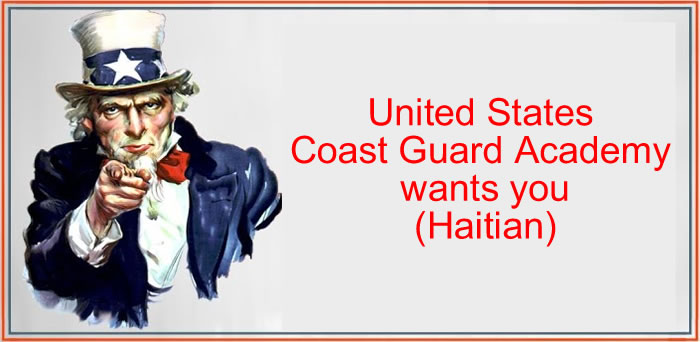
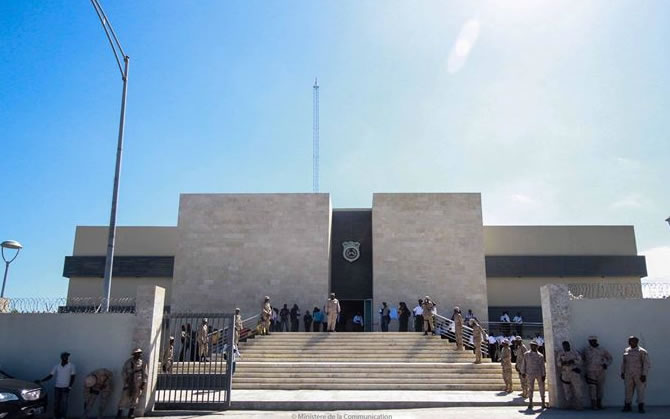
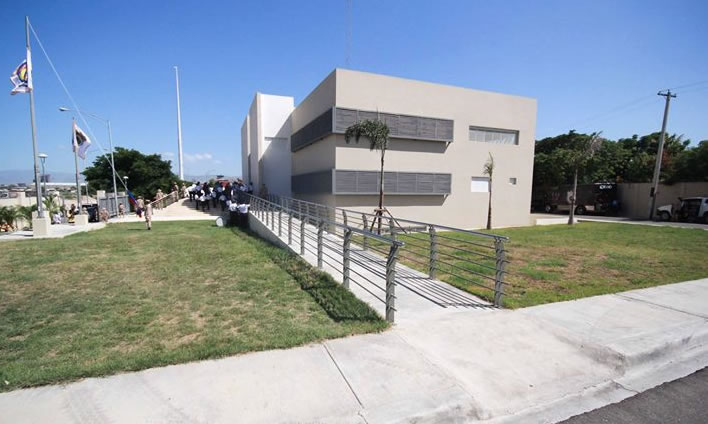
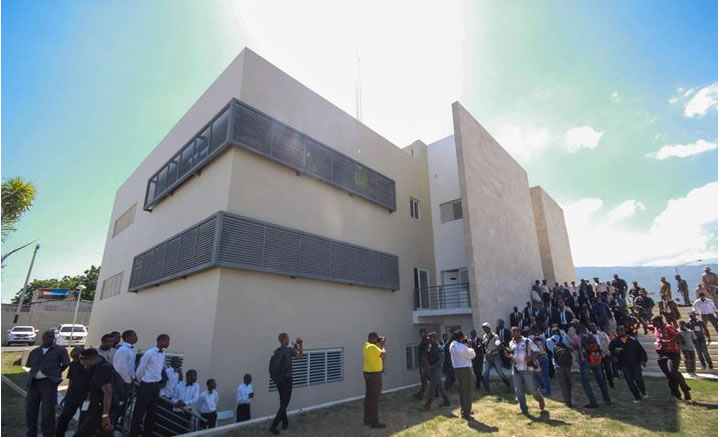
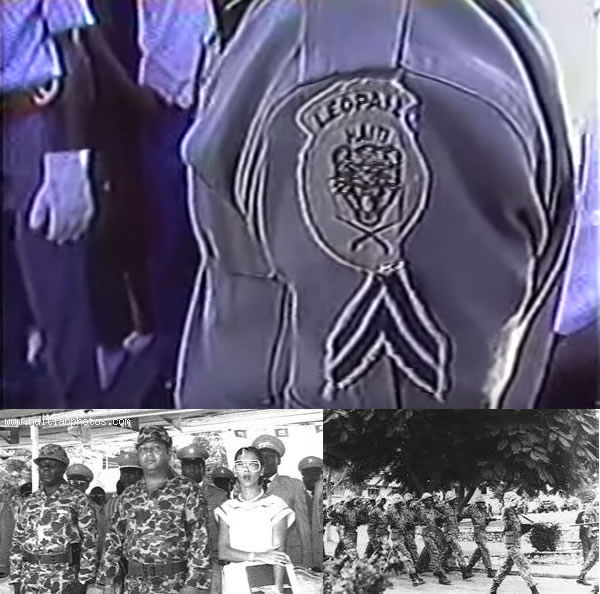
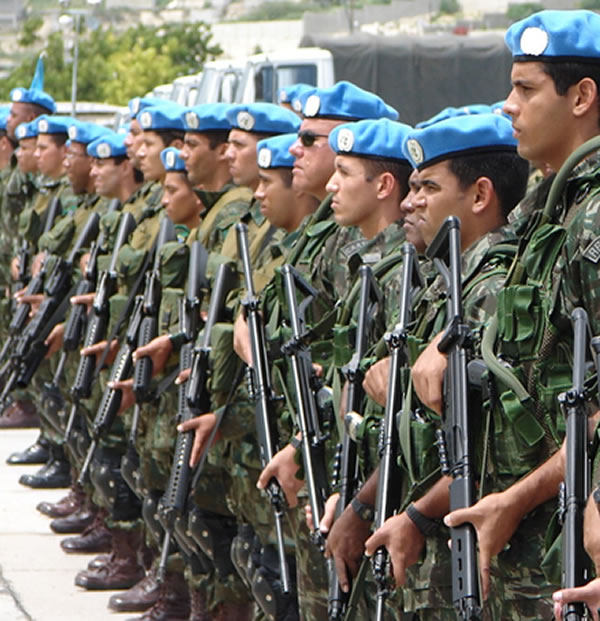
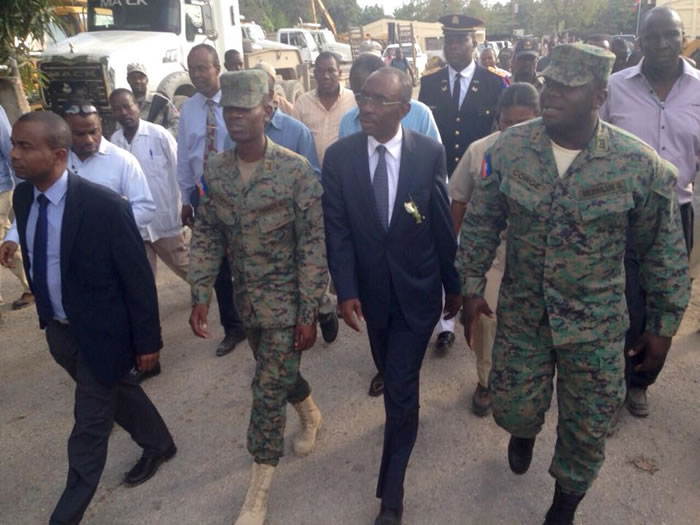
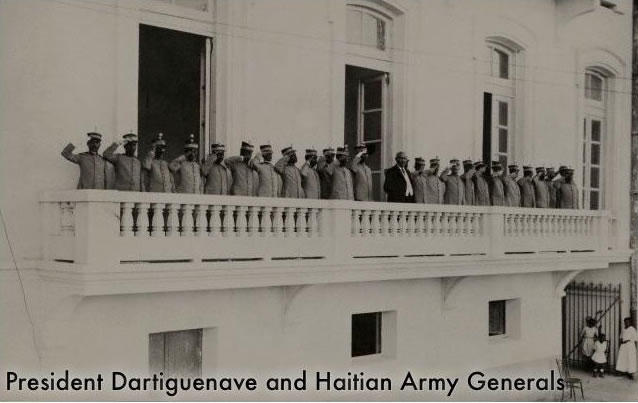
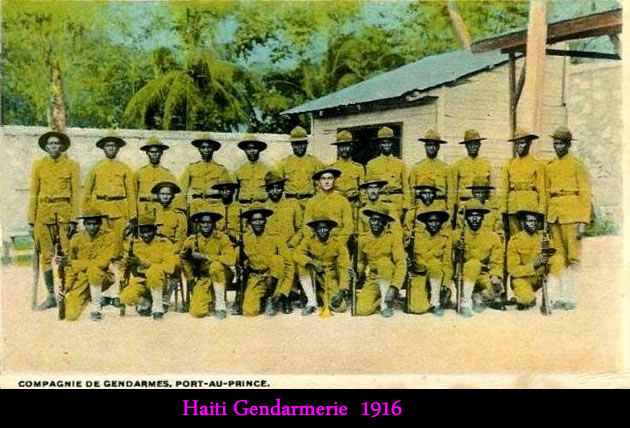
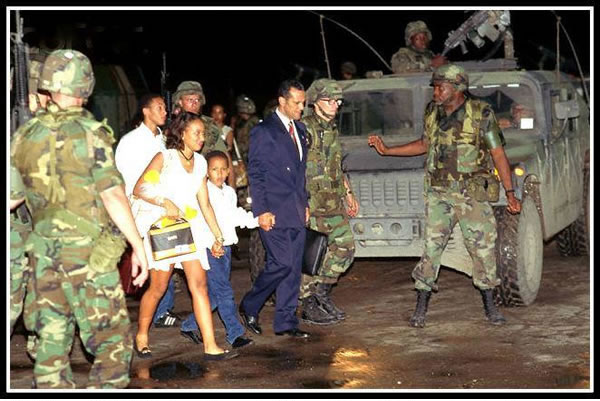
 Texaco Gas Station In Haiti
Texaco Gas Station In Haiti  Gas Station In Haiti
Gas Station In Haiti 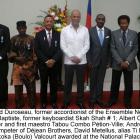 Five personalities of the Haitian musical world awarded
Five personalities of the Haitian musical world awarded  The Petro Caribe Challenge hashtag
The Petro Caribe Challenge hashtag 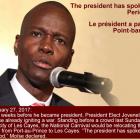 Jovenel Moise, the president has spoken. Period
Jovenel Moise, the president has spoken. Period  Philippe Vorbe entered world football Hall of Fame, CONCACAF
Philippe Vorbe entered world football Hall of Fame, CONCACAF  Commissioner Frantz Pierre indicted for accepting bribes
Commissioner Frantz Pierre indicted for accepting bribes  Dr. Henri Ford, First Haitian Dean At University of Miami Med...
Dr. Henri Ford, First Haitian Dean At University of Miami Med... 